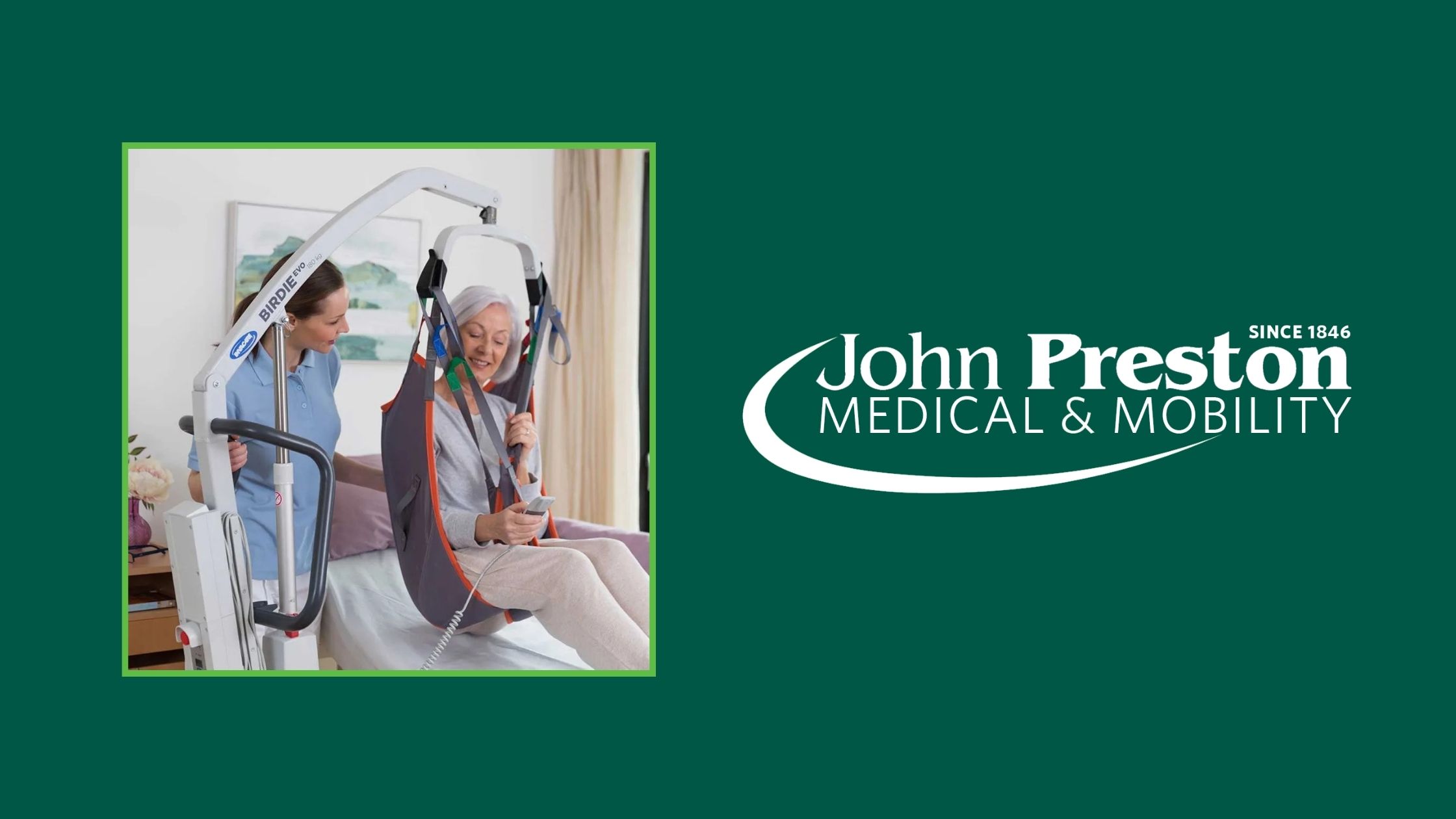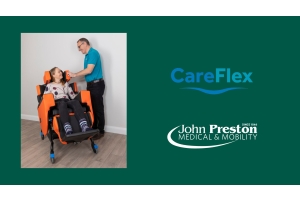- Home
- Blog
- Moving and Handling
- Best Ways To Use Disability Hoists On Patients
Best Ways To Use Disability Hoists On Patients

Disability hoists provide an effective way for lifting up patients that need a little help. They have a specific design to work as a form of mobile equipment that can have either a manual or electrical operation. Disability hoists generally constitute sections designed to facilitate the movement of legs for stability, you can then raise or lower the hoist and safely move the individual.
Hoist Features
Safety features are essential for ensuring safe lowering of the patient and emergency stop buttons are available when necessary. Different hoists have slings that cater for specific needs so you should ensure that yours fits the patients’ requirements. It is important to choose the right lifting equipment because this will make sure that movement and handling of patients will be effective.
The safety features of hoists help to keep the individual comfortable at all times, maintain support and ensure that they receive dignified treatment. When selecting hoists for patients, it should be according to the needs of the user. If they are for several patients, the design must be flexible enough to cater for their varying needs.
It is important for the equipment to include an emergency stop feature. It is also essential to verify whether the device is foldable or not. For multiple users, the disability hoist should be able to accommodate a specified weight capacity. You will have the option of choosing between manual and electric devices.
A disability hoist should ideally be easy to clean, mobile and compact enough for storage. A durable hoist enhances mobility and makes lifting easy. When slings are necessary, they need to be compatible with the hoist.
Training
Anyone using the hoist should have sufficient training to handle the equipment. This will enable the care giver to establish what the needs of the patient are. The individual who requires assistance can rest assured that the care giver will carry out the movement safely and keep them out of harm’s way.
When lifting a patient you should get assistance from another person when possible to enhance the safety and ease of handling the device. It is important to explain to the patient what is happening before proceeding with the procedure. This way the patient gets assurance that he or she will have a safe lifting and receives instructions regarding the posture to adopt. Lifting should always take place in a safe and clean environment. The device should be secure in place before hoisting can commence and the patient is in the right position.
For more information on good care giving check out our post: FAQs & Answers For Caregivers.
- Conferences (14)
- Events (23)
- Hobbies (7)
- Latest news (600)
- Assisted Living (37)
- Happy Customers (72)
- Paediatrics in Ireland (75)
- News (32)
- Handcycling (35)
- Bulk Buy (2)
- Product Focus (162)
- Careers with John Preston Healthcare Group (13)
- Specialist Seating (62)
- Heritage (7)
- Powerchairs (67)
- Mobility Scooters (92)
- Moving and Handling (48)
- Wheelchairs (208)
- Care Home Supplies (39)
- Sensory Northern Ireland (7)
- First Aid (8)
- Walking Aids (24)
- Medical Equipment (25)
- Heart Defibrillators (3)
- Special Needs Equipment (48)
- Special Needs Buggies (19)
- Akces-Med (6)
- RGK (56)
- Walk-In Bathtubs (4)
- Wheelchair Power Add-On (36)
- Disability Sport NI (23)
- Shower Chairs (7)
- Bariatric Mobility Equipment (6)
- Standing Aids (5)
- Mobility Technology (39)
- Scotland (105)
- England (39)
- Self Balancing Wheelchairs (2)
- Pressure Mapping (2)
- Travel Scooters (28)
- Bariatric (7)
- Riser Recliner Chairs (11)
- Special Needs Trikes (43)
- Folding Electric Wheelchairs (27)
- Progeo Wheelchairs (7)
- Folding Mobility Scooters (42)
- All Terrain Mobility Equipment (30)
- All Ability Cycling (25)
- Physiotherapy (25)
- Occupational Therapy (33)
- Beach Wheelchairs (7)
- Electric Bikes (6)
- Spare Parts (6)
- COVID 19 (6)
- Firefly (16)
- Tomcat Trikes (32)
- Motability (11)
- Wheelchair Sports (17)
- Northern Ireland (33)
- Ireland (9)
- Disability Sports (10)
- Paediatrics (16)
- Holidays (5)
- Sleeping (11)
- ATTO Scooters (17)
- Showering & Bathing (11)
- Know How (4)


